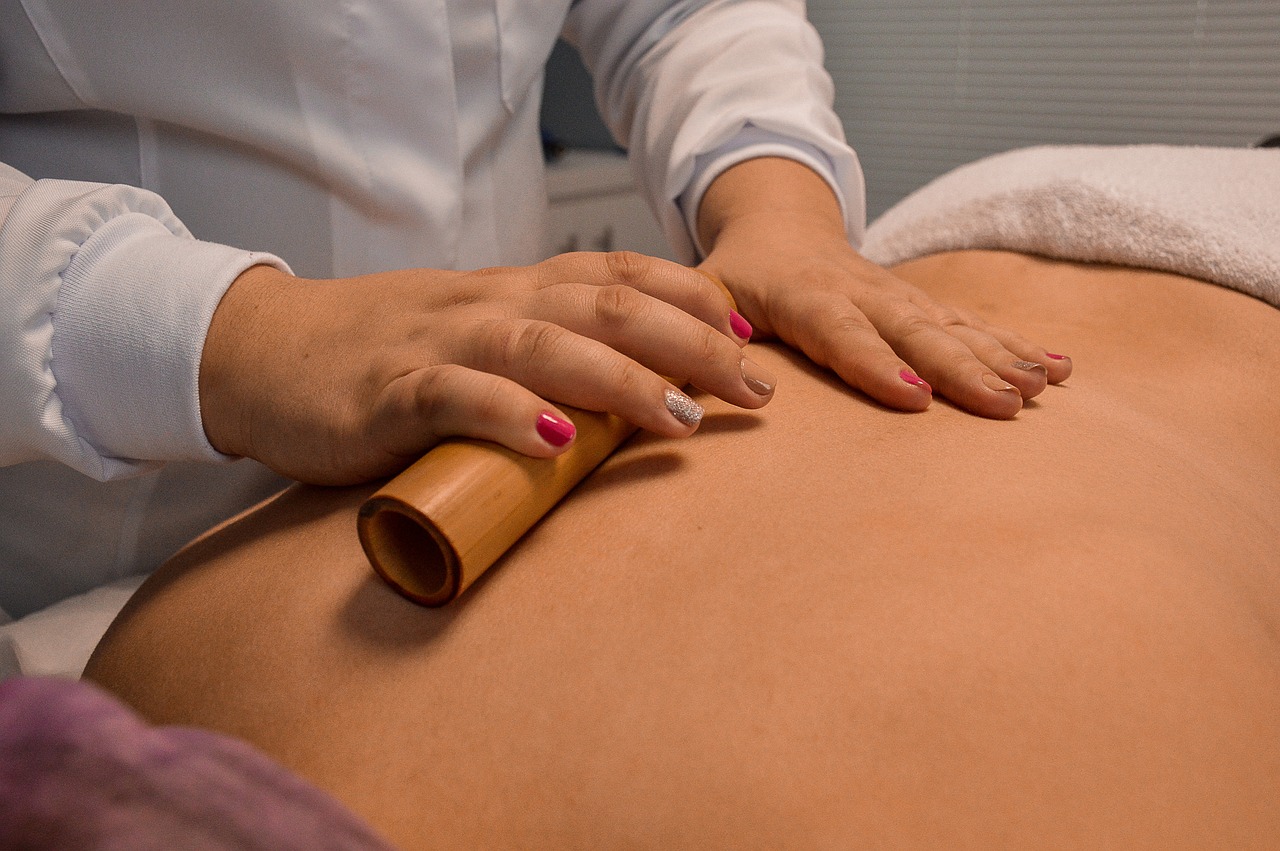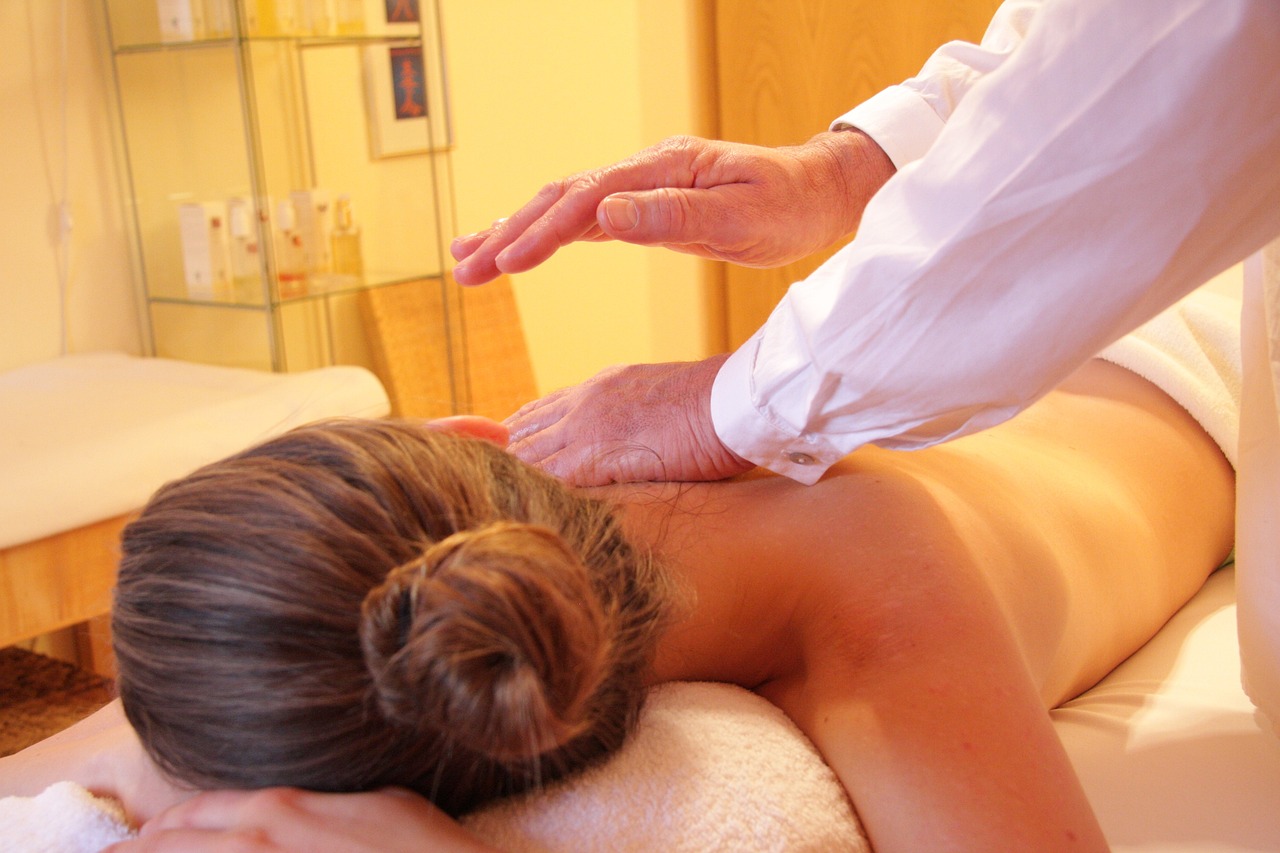Thai massage is a unique therapy that combines elements of yoga, acupressure, and traditional massage techniques. It includes stretching, moving the body into various positions, and applying pressure to energy points, all while clients remain fully clothed. This practice is not just about relaxing; it also aims to improve flexibility and release energy blockages, making it a holistic approach to well-being.
When comparing a Thai massage to a standard massage, the differences are clear. Regular massages typically use oils and are performed on a table, while Thai massages take place on a mat without oil, allowing for a focus on movement and stretching. This distinct style contributes to its rising popularity around the world, offering benefits beyond mere relaxation and promoting an overall sense of health and balance.
Many people are drawn to Thai massage because it offers a cultural experience that goes beyond typical Western massage. The flexible duration of sessions and the number of techniques employed adds to its allure. Those seeking to explore a different kind of therapy often find that Thai massage meets their needs for relaxation and physical improvement.
Key Takeaways
- Thai massage combines assisted yoga, acupressure, and stretching for holistic benefits.
- It differs from regular massage by being performed on a mat, without oils, and includes more movement.
- This form of massage is popular for its cultural significance and overall health benefits.
What Thai Massage Involves
Thai massage combines various techniques that are designed to promote relaxation and improve flexibility. It differs significantly from traditional Western massages in both practice and purpose. Each session is a unique experience tailored to the individual’s needs.
Core Techniques
The core techniques of Thai massage include acupressure, assisted yoga poses, and rhythmic compressions. Acupressure involves applying pressure to specific points on the body to relieve tension and enhance energy flow.
Assisted yoga poses encourage stretching and increase flexibility. The therapist helps the recipient move into various positions.
Rhythmic compressions along the body stimulate circulation and promote relaxation. These methods work together to create a comprehensive treatment that addresses both physical and mental well-being.
Typical Session Flow
A typical Thai massage session begins with the recipient dressed in loose clothing. The therapist usually performs the massage on a mat on the floor, allowing for better movement.
The session can last from 30 minutes to two hours. The therapist starts by gently stretching the body. They move through various positions, alternating between acupressure and stretches.
Throughout the session, both the recipient and therapist maintain a relaxed atmosphere. This helps foster a sense of comfort, enhancing the overall experience.
Key Benefits
Thai massage offers numerous benefits for both body and mind. Physically, it improves flexibility, increases circulation, and relieves muscle tension.
Many people find that it also supports emotional well-being. The deep relaxation achieved can reduce stress and anxiety levels. Some studies suggest it may improve energy levels and enhance sleep quality.
Regular sessions can aid in recovery from injuries and enhance athletic performance. These benefits make Thai massage a popular choice for many individuals seeking a holistic approach to health.

Comparing Thai and Swedish Massage
Thai and Swedish massage are two popular forms of bodywork, each with its unique approach and benefits. They differ in techniques, body positioning, and intended outcomes, catering to various needs and preferences.
Technique and Pressure
Thai massage focuses on stretching and rhythmic pressure. The therapist uses their hands, feet, and sometimes elbows to apply pressure on specific points along the body. This method not only stretches muscles but also enhances energy flow.
In contrast, Swedish massage emphasizes long, smooth strokes. It uses kneading and gentle pressure to relax muscles and improve blood circulation. The pressure in Swedish massage can range from light to firm, but it generally prioritizes comfort over intensity.
Positioning and Movement
During a Thai massage, clients do not lie still. They are moved into various positions, similar to yoga. The therapist may guide them through stretches and movements, which can be highly engaging and energizing.
In Swedish massage, clients typically lie on a massage table, usually face down. The therapist often works systematically from one area of the body to another. Movements in Swedish massage are smooth and flowing, creating a relaxing experience.
Intended Outcomes
Thai massage aims to improve flexibility and enhance overall energy in the body. It can be particularly beneficial for those looking to relieve muscle tension while gaining mobility.
Swedish massage, on the other hand, is designed for relaxation and stress relief. It targets muscle soreness and tightness, promoting a sense of calm and well-being. This type of massage is often chosen by individuals seeking a gentle yet effective means of addressing everyday stress.
The Prominence of Thai Massage
Thai massage has gained fame for its unique approach and benefits, deeply rooted in culture and wellness practices. This massage method blends traditional techniques with elements of yoga, making it distinctive.
Cultural Significance
Thai massage has a rich cultural history that dates back over 2,500 years. It combines elements from Indian, Chinese, and Southeast Asian traditions. This practice reflects Thailand’s philosophy of harmony and balance.
Traditional healers often used Thai massage as a form of medicine. It is not just about relaxation; it connects the mind and body, promoting spiritual wellness. Many practitioners are trained in the cultural aspects of this form, making it a respectful practice.
Health and Wellness Impact
The health benefits of Thai massage contribute to its prominence. This massage technique focuses on stretching, acupressure, and body movement.
- Flexibility: It helps increase flexibility through gentle stretching.
- Stress Relief: Clients often report reduced stress and anxiety levels after sessions.
- Pain Management: It can aid in relieving muscle tension and chronic pain.
Many people seek out Thai massage for these reasons, making it an attractive option for those looking to enhance their wellness journey.
Global Recognition
Thai massage has gained popularity worldwide. It is not limited to Thailand anymore; many spas and wellness centers offer it in various countries.
This rise in global recognition can be attributed to increased travel and cultural exchange. People are eager to experience the deep benefits of Thai massage, often recommending it to others.
As a result, numerous establishments now train therapists in authentic Thai techniques. This ensures that the cultural essence of the practice is preserved while catering to a growing international audience.
Aftercare and Recommendations
After a Thai massage, it is important to take care of the body. This helps to enhance the benefits of the massage and supports recovery.
Common Reactions:
- Temporary muscle soreness
- Increased urination
- Feeling sleepy or tired
Hydration: Drink plenty of water. Hydration helps flush out toxins released during the massage.
Rest: Getting enough rest is crucial. The body needs time to recover and adjust.
Gentle Stretching: Light stretching can maintain flexibility. It helps relax muscles after the treatment.
Avoid Heavy Meals: After the massage, it’s best to avoid heavy or spicy meals. Eating light meals allows the body to digest properly.
Listen to the Body: If there are symptoms like nausea or fatigue, it is important to respond. Rest and drink fluids until feeling better.
Consult Professionals: If discomfort persists, consulting a healthcare provider is advisable. They can provide guidance and support for any concerns.
Following these aftercare recommendations can help enhance the overall experience of a Thai massage. Taking these steps allows the body to fully benefit from the treatment received.
Selecting the Right Massage Experience
Choosing the right massage can greatly affect overall satisfaction. Here are key factors to consider:
1. Type of Massage:
- Thai Massage: Involves assisted yoga and acupressure. Clients remain clothed and experience stretching.
- Normal Massage: Typically performed on an unrobed client with oils. Focus is on relaxation and muscle tension relief.
2. Therapist Qualifications: Look for licensed and experienced therapists. Reviews and recommendations can help assess their skills.
3. Environment: The setting should be calm and inviting. A clean and soothing space contributes to relaxation.
4. Session Duration: Consider how long the session will last. Thai massages may last longer than typical massages. Standard durations can vary between:
- Thai Massage: 30 to 120 minutes
- Normal Massage: 30 to 90 minutes
5. Personal Preferences: Each person has different needs. Some may prefer intense stretching, while others want gentle relaxation. Discuss expectations with the therapist.
6. Purpose of Massage: Understand the goals behind the massage. Whether seeking stress relief, body alignment, or flexibility, choosing the right type is crucial.
By carefully considering these aspects, individuals can enhance their massage experience.
Frequently Asked Questions
Thai massage is unique and combines various techniques that distinguish it from other types of massage. Below are some common questions people have about this practice.
What should one expect when getting a full body Thai massage?
During a full-body Thai massage, the client can expect a range of stretching, gentle twisting, and acupressure. The therapist will guide the client into various positions to maximize the benefits. Clients often feel deeply relaxed and energized after the session.
Do you wear clothes during a Thai massage?
Clients usually wear loose-fitting clothing during a Thai massage. This attire allows for ease of movement and is different from the typical nudity associated with more Western massage styles. The clothing helps maintain comfort throughout the session.
Does Thai massage include buttocks?
Yes, Thai massage can address various muscle groups, including the buttocks. The therapist may use different techniques to relieve tension in this area, as it is part of the full-body approach typical of Thai massage.
Why is Thai massage so famous?
Thai massage is renowned for its effectiveness in promoting relaxation and flexibility. Its unique combination of yoga-like stretches and acupressure techniques can leave clients feeling rejuvenated. Its cultural roots and holistic approach also contribute to its popularity.
What is the difference between a Thai massage and a Swedish massage?
The key difference lies in the techniques used. Thai massage focuses on stretching and acupressure, while Swedish massage usually employs long strokes and kneading. Thai massage does not typically involve oils, whereas Swedish massage often does.
What does a Thai massage include?
A Thai massage includes a mix of acupressure and stretching techniques. The therapist uses their hands, feet, and body weight to apply pressure to specific points while also guiding the patient through stretches. Sessions can last between 60 to 90 minutes.

